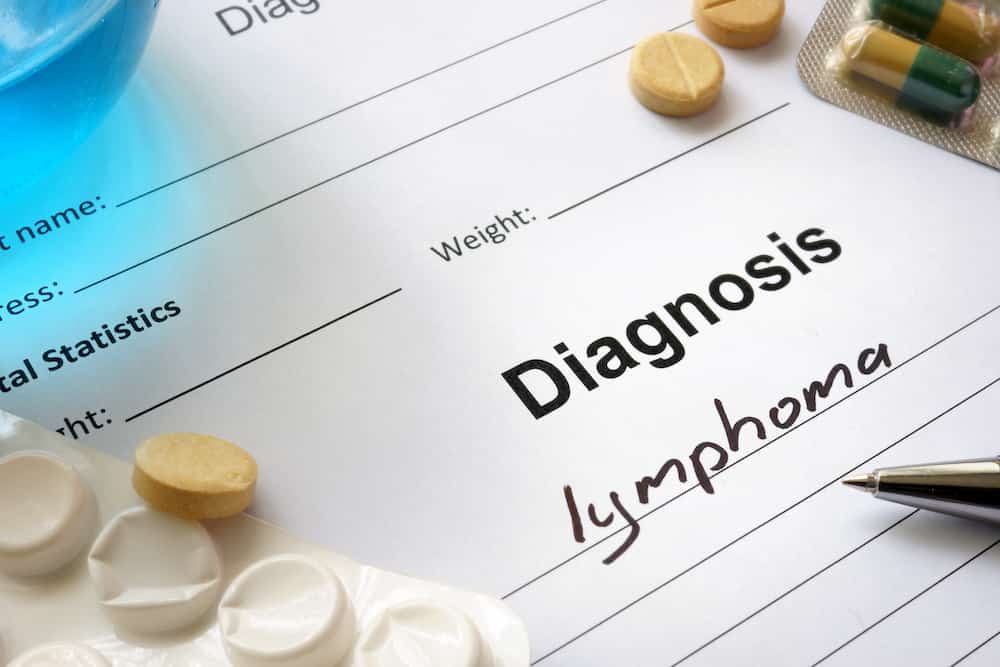Diagnosis

In most cases, the diagnosis is made by evaluating the patient’s signs and symptoms and the pattern of swollen lymph nodes. Several studies are made to obtain an accurate diagnosis:
- Blood tests: They are essential to diagnose alterations in white blood cell count, anemia, and other blood problems. Blood chemicals such as lactate dehydrogenase can be helpful to evaluate the type and aggressiveness of lymphoma.
- Biopsy: When malignancy is suspected, doctors can take a sample of a swollen lymph node to examine the tissue under a microscope. A biopsy is easier if the mass is felt under the skin. If the mass is found deep inside body tissues, a good quality sample often requires a surgical biopsy or laparoscopy with a more complex procedure. Reed-Sternberg cells should be found to diagnose Hodgkin lymphoma, while non-Hodgkin lymphoma has a very heterogeneous appearance under the microscope.
- Imaging studies: They can be very helpful to detect the spread of the disease and provide a follow-up throughout the treatment process to see how the disease is responding. X-rays are more useful in the chest to detect mediastinal masses. Other studies include a CT scan or MRI scan if we want more accurate images.
- Bone marrow biopsy: In many cases, it is essential to evaluate what is happening in the bone marrow and if the alteration comes from there. The procedure is uncomfortable but necessary sometimes to distinguish between leukemia and lymphoma.
